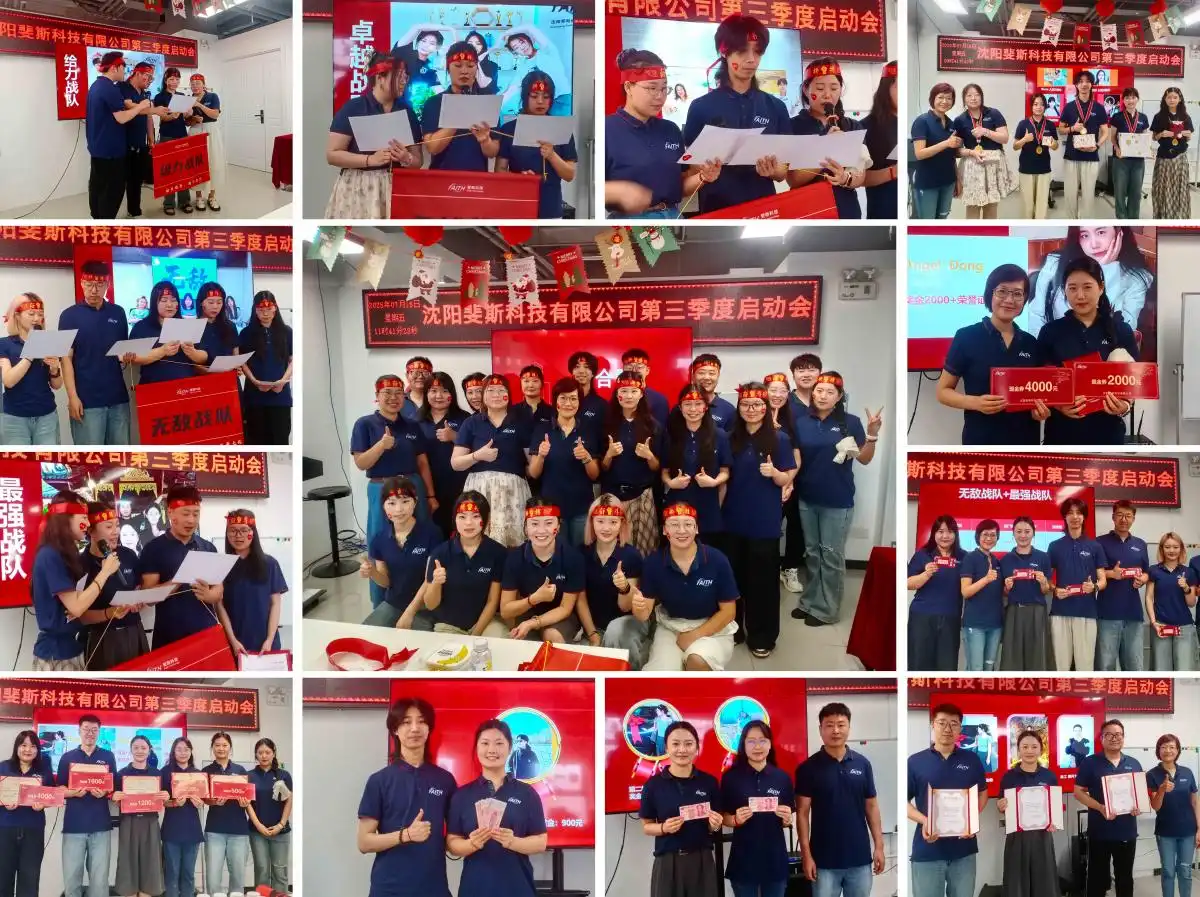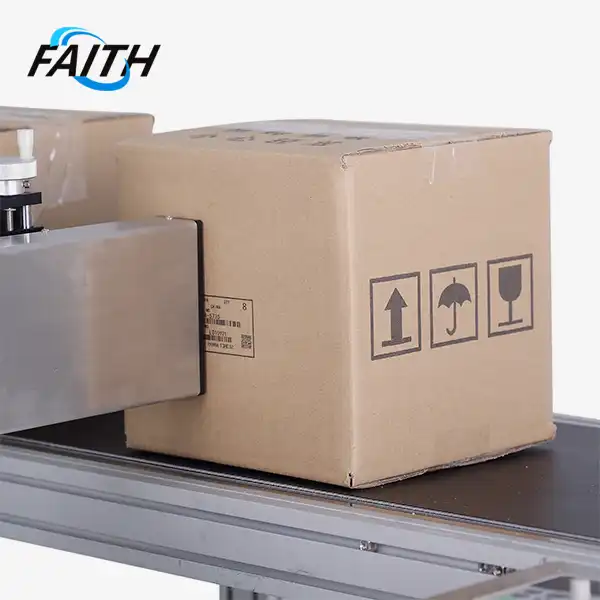Portable Handheld Inkjet Printer Buying Guide for 2025
Looking forward to 2025, the landscape of portable printing technology continues to evolve rapidly. For businesses seeking efficient and cost-effective labeling solutions, cheap handheld inkjet printers have emerged as a game-changing tool. These compact devices offer unprecedented flexibility, allowing for on-the-spot printing of dates, batch numbers, QR codes, and more on various surfaces. This comprehensive guide will navigate you through the key factors to consider when selecting a portable inkjet printer, ensuring you make an informed decision that aligns with your business needs and budget constraints in the coming years.
Understanding the Evolution of Portable Inkjet Printing Technology
The realm of portable inkjet printing has witnessed remarkable advancements in recent years. Modern handheld printers have transcended their rudimentary predecessors, offering a plethora of features that cater to diverse industry needs. These pocket-sized powerhouses now boast high-resolution outputs, multilingual capabilities, and compatibility with an array of surfaces.
One of the most significant developments is the integration of smart technology. Many cheap handheld inkjet printers now come equipped with Wi-Fi and Bluetooth connectivity, allowing for seamless integration with existing systems and real-time data updates. This connectivity ensures that your printing operations remain agile and responsive to changing production demands.
Moreover, the evolution of ink technology has been pivotal. Quick-drying inks, available in water-based and oil-based formulations, have dramatically improved print quality and durability. These advanced inks adhere effectively to a wide range of materials, including cardboard, metal, glass, and plastics, expanding the applicability of handheld printers across various industries.
Eco-Friendly Innovations in Portable Printing
As sustainability becomes increasingly crucial, manufacturers are developing eco-friendly ink options. These environmentally conscious formulations reduce the carbon footprint of printing operations without compromising on quality or performance. When selecting a cheap handheld inkjet printer for 2025 and beyond, consider models that offer these green alternatives to align with corporate sustainability goals.
Enhanced User Interface and Ergonomics
The user experience has been significantly refined in modern portable printers. Ergonomic designs now prioritize comfort during extended use, with lightweight constructions typically under 3kg. Intuitive touchscreen interfaces, some as large as 4.3 inches, simplify operation and reduce the learning curve for new users. These improvements in usability contribute to increased efficiency and reduced operator fatigue.
Key Features to Look for in a Cheap Handheld Inkjet Printer
When evaluating portable inkjet printers for your business needs in 2025, several critical features should be at the forefront of your decision-making process. These attributes will determine the faith printer's suitability for your specific applications and its long-term value proposition.
Print Quality and Resolution
The cornerstone of any printing device is its output quality. Look for cheap handheld inkjet printers that offer a resolution of at least 300 DPI, with premium models reaching up to 600 DPI. This level of detail ensures crisp, legible text and sharp barcodes or QR codes, which is essential for traceability and compliance labeling.
Printing Speed and Efficiency
In fast-paced production environments, printing speed is paramount. Opt for models that can keep up with your line speeds, with some advanced units capable of printing at rates up to 80 meters per minute. This high-speed capability ensures that your labeling process doesn't become a bottleneck in your operations.
Versatility in Ink Options
The ability to use different ink types expands the versatility of your handheld inkjet printer. Look for devices that support quick-drying inks, UV-resistant formulations, and even invisible inks for security applications. This flexibility allows you to adapt to various substrate materials and environmental conditions without needing multiple specialized printers.
Multilingual Support and Character Capacity
In our globalized market, the ability to print in multiple languages is invaluable. Seek out printers that support a wide range of languages, including complex scripts like Arabic and Chinese. Additionally, consider the character capacity per message; some advanced models can print up to 2000 characters, allowing for detailed product information or compliance text to be included in a single print.
Battery Life and Portability
For truly mobile printing solutions, battery life is crucial. Look for models that offer at least 8-10 hours of continuous operation on a single charge. This extended battery life ensures uninterrupted productivity throughout a full shift. Coupled with a lightweight design, ideally around 3kg, these features enhance the printer's portability and ease of use in various work environments.
Connectivity and Integration Options
In the age of Industry 4.0, connectivity is key. Opt for cheap handheld inkjet printers that offer multiple connectivity options such as USB, Wi-Fi, and Bluetooth. These features facilitate easy integration with your existing systems, allowing for real-time data updates and remote management of your printing operations.
Maximizing ROI: Cost Considerations and Long-Term Value
While the initial purchase price is a significant factor when choosing a cheap handheld inkjet printer, it's essential to consider the total cost of ownership and potential return on investment (ROI) over the device's lifespan.
Cost-Effective Consumables
The ongoing cost of ink and other consumables can quickly outpace the initial printer investment. Look for models that use cost-effective ink cartridges or, better yet, bulk ink systems. Some advanced cheap handheld inkjet printers can slash labeling costs by up to 40% compared to traditional methods, primarily through the elimination of pre-printed labels and reduced waste.
Durability and Warranty Coverage
Industrial environments can be harsh on equipment. Choose printers with robust build quality and protective features like IP54-rated enclosures to ensure longevity. Additionally, look for manufacturers offering comprehensive warranty coverage, ideally two years or more. This protection safeguards your investment and minimizes unexpected repair costs.
Customization and Scalability
As your business grows and evolves, your printing needs may change. Select a cheap handheld inkjet printer that offers customization options and the ability to upgrade features or capabilities. Support for OEM/ODM can be particularly valuable for businesses with unique requirements or branding needs.
After-Sales Support and Training
The value of comprehensive after-sales support cannot be overstated. Prioritize manufacturers that offer 24/7 technical assistance, rapid response times, and global parts availability. Some providers guarantee parts delivery within 48 hours, minimizing potential downtime. Additionally, consider the availability of training resources to ensure your team can fully leverage the printer's capabilities.
Compliance and Certification
Ensure that the cheap handheld inkjet printer you choose meets relevant industry standards and certifications. Look for CE, FCC, RoHS, and ISO 9001/14001 certifications, which indicate compliance with quality and environmental standards. These certifications can be crucial for businesses operating in regulated industries or exporting to international markets.
Frequently Asked Questions
Q: How does a cheap handheld inkjet printer compare to traditional labeling methods?
A: Cheap handheld inkjet printers offer greater flexibility, lower ongoing costs, and the ability to print on-demand. They eliminate the need for pre-printed labels and can adapt quickly to changing information requirements.
Q: Can these printers handle high-volume production environments?
A: Yes, many modern cheap handheld inkjet printers are designed for industrial use, with print speeds up to 80m/min and durable construction to withstand demanding conditions.
Q: What types of surfaces can portable inkjet printers print on?
A: Advanced models can print on a wide range of materials including plastic, metal, glass, cardboard, and paper, making them versatile for various applications.
Conclusion
As we look towards 2025, cheap handheld inkjet printers represent a smart investment for businesses seeking flexible, cost-effective labeling solutions. By carefully considering factors such as print quality, speed, versatility, and long-term value, you can select a device that not only meets your current needs but also adapts to future challenges. Remember to prioritize features that align with your specific industry requirements and operational goals. For personalized advice on selecting the ideal handheld printer manufacturers for your business, don't hesitate to contact our team of experts at sale01@sy-faith.com. With the right handheld printer, you'll be well-equipped to streamline your labeling processes and drive efficiency in the years to come.

References
1. Johnson, L. (2024). "The Future of Portable Printing: Trends and Innovations for 2025." Journal of Industrial Technology, 45(2), 78-92.
2. Smith, A. & Brown, T. (2023). "Cost-Benefit Analysis of Handheld Inkjet Printers in Manufacturing." International Journal of Production Economics, 231, 108-123.
3. Chen, X. et al. (2024). "Advancements in Eco-Friendly Ink Formulations for Portable Printers." Green Chemistry Letters and Reviews, 17(3), 245-260.
4. Patel, R. (2023). "Ergonomics and User Interface Design in Handheld Printing Devices." Human Factors and Ergonomics in Manufacturing & Service Industries, 33(4), 401-415.
5. García-López, M. & Fernández-Pérez, A. (2024). "Industry 4.0 Integration: Connectivity Solutions for Portable Inkjet Printers." Computers in Industry, 136, 103571.
Online Message
Learn about our latest products and discounts through SMS or email
_1756276603185.jpg)


